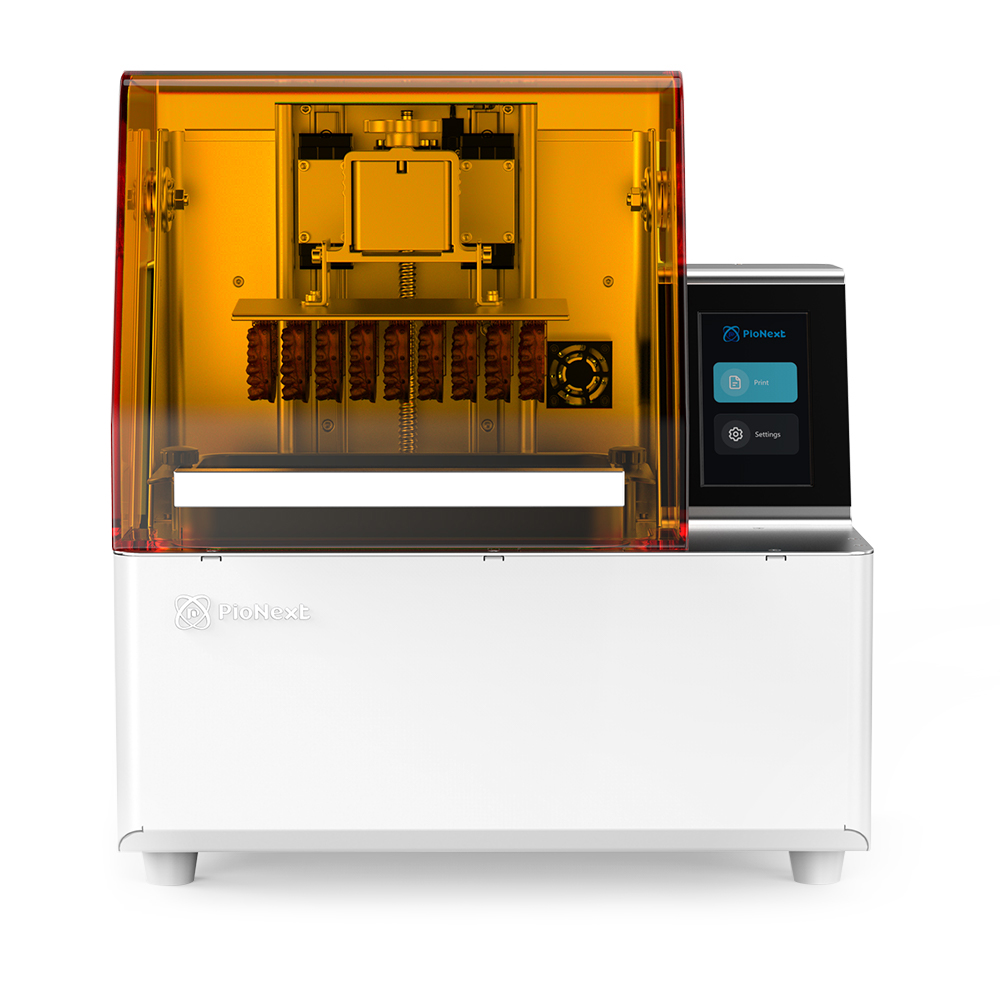How does 3D printing technology reduce manufacturing costs
As we all know, 3D printing technology can support the printing of a wide variety of consumables such as plastics, resins, ceramics and metals. Therefore, it is widely used in many fields such as aerospace, medical treatment, industrial design and so on. However, while shortening the R & D cycle, reducing assembly and mold costs, enterprises pay more attention to the impact of 3D printing technology on manufacturing costs. To this end, we have summarized six design elements of 3D printing, so as to analyze how to reduce the additional manufacturing cost brought by 3D printing, and how to highlight its advantages in reducing enterprise manufacturing cost and improving comprehensive benefits.
3D printing fee? Master these six design elements to reduce costs and improve benefits
In fact, researchers at Purdue University in the United States have proposed two methods that can significantly reduce 3D printing time and materials: a new packmerger algorithm, that is, an object is divided into several sections for printing and then bonded together. For example, the rabbit in the figure below is automatically divided into multiple components and printed. The time required is shortened from 13.5 hours to 9.5 hours, and the material consumption is also reduced from 351 grams to 229 grams. The optimization time with algorithm is 1 minute and the assembly time is 15 minutes. The core of the algorithm is to put as many elements into the space as possible (like Tetris game).
In addition, another method is to generate smaller support structures through other algorithms, which can reduce the printing time by 30% and 3D printing materials by 40% on average (as shown in the figure below). Before printing, this algorithm is used to determine how the 3D model should be placed on the printer tray to minimize the support required for the protruding part. The computer will automatically rotate the 3D model in all directions to find the placement mode of the 3D model requiring the minimum support structure.
If you think the above contents are highly understood and even lose patience, it doesn't matter. We might as well start with the following six points:
1. Optimize the design.
Carefully designed 3D printed parts follow many principles similar to injection molding, such as using gradient transition between adjacent surfaces; Avoid large differences between cross-sectional area and part volume; Avoid sharp corners that produce residual stress on the finished workpiece; The unsupported thin-walled structure cannot be too high, otherwise it will warp.
2. Abandon tradition.
You know, typical 3D printing parts often have bionic design, such as honeycomb structure or complex lattice structure. Don't be afraid to use this structure in design, as long as they can create lighter and stronger parts. There is no need to avoid the use of hole structure in the design, because drilling holes in parts through traditional manufacturing methods virtually increases the waste of materials, resulting in rising costs.
It should be noted that during additive manufacturing, especially when manufacturing round holes with laser molten metal 3D technology, whether to add the supporting structure of holes and the possible deformation of the lower surface should be comprehensively considered. In some cases, it can be considered that the round hole can be replaced by the tear drop or hexagonal hole structure, which is a better design method.
3. Comprehensively consider the manufacturing mode of mass production of parts.
We say that 3D printing technology can realize free modeling and bring a lot of room for part design, such as manufacturing parts with many hole structures. In fact, many enterprises have realized that 3D printing technology can be competent for small batch production of parts, but when mass production is required, it still needs to consider converting to traditional processes such as machining and casting. The designer needs to consider whether this process can be successfully put into mass production in the future.
4. Reduce the secondary operation after printing.
Some 3D printing processes need to add a support structure to the printed object to prevent it from curling or warping. For example, in stereolithography (SLA) 3D printing, it is necessary to add a support structure for the printed object. The metal support structure formed by printing needs to be removed by machining after printing, and the plastic support structure needs to be removed by hand-held sanding machine. However, either way, it will increase the cost and prolong the manufacturing cycle. Therefore, at the beginning of the design, we should consider changing the design or parts placement to avoid adding support structure to the parts as far as possible.
5. Observe the tolerance.
When 3D printing metal, in order to meet the tolerance requirements of metal parts, it is sometimes necessary to use secondary processing processes such as machining, but excessive pursuit of tolerance requirements will have an impact on the design and manufacturing of 3D printing parts, such as excessive pursuit of accuracy and increasing the number of printing layers, thus increasing the printing time and printing cost. Therefore, we should adopt appropriate design strategies, which can sometimes reduce the use of post-processing technology.
6. Focus on the overall situation.
Although the material cost and equipment cost of 3D printing are higher than those of traditional manufacturing processes, don't be discouraged. Especially when designing 3D printing parts, we should pay close attention to the advantages of 3D printing technology in realizing complex lightweight structure and functional integrated parts, and stimulate the role of 3D printing in parts design optimization as much as possible. If we only focus on the impact of 3D printing technology on manufacturing costs and ignore its potential in reshaping product design and function and reshaping the supply chain, enterprises will miss the opportunity to use 3D printing to create more comprehensive benefits.


